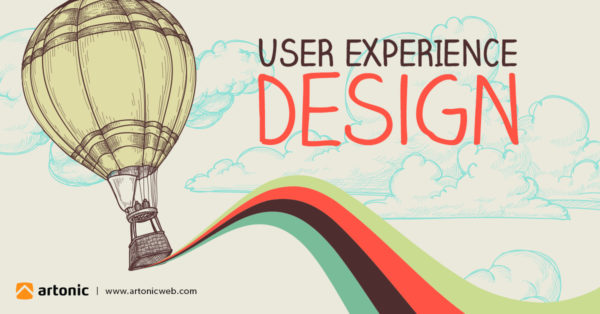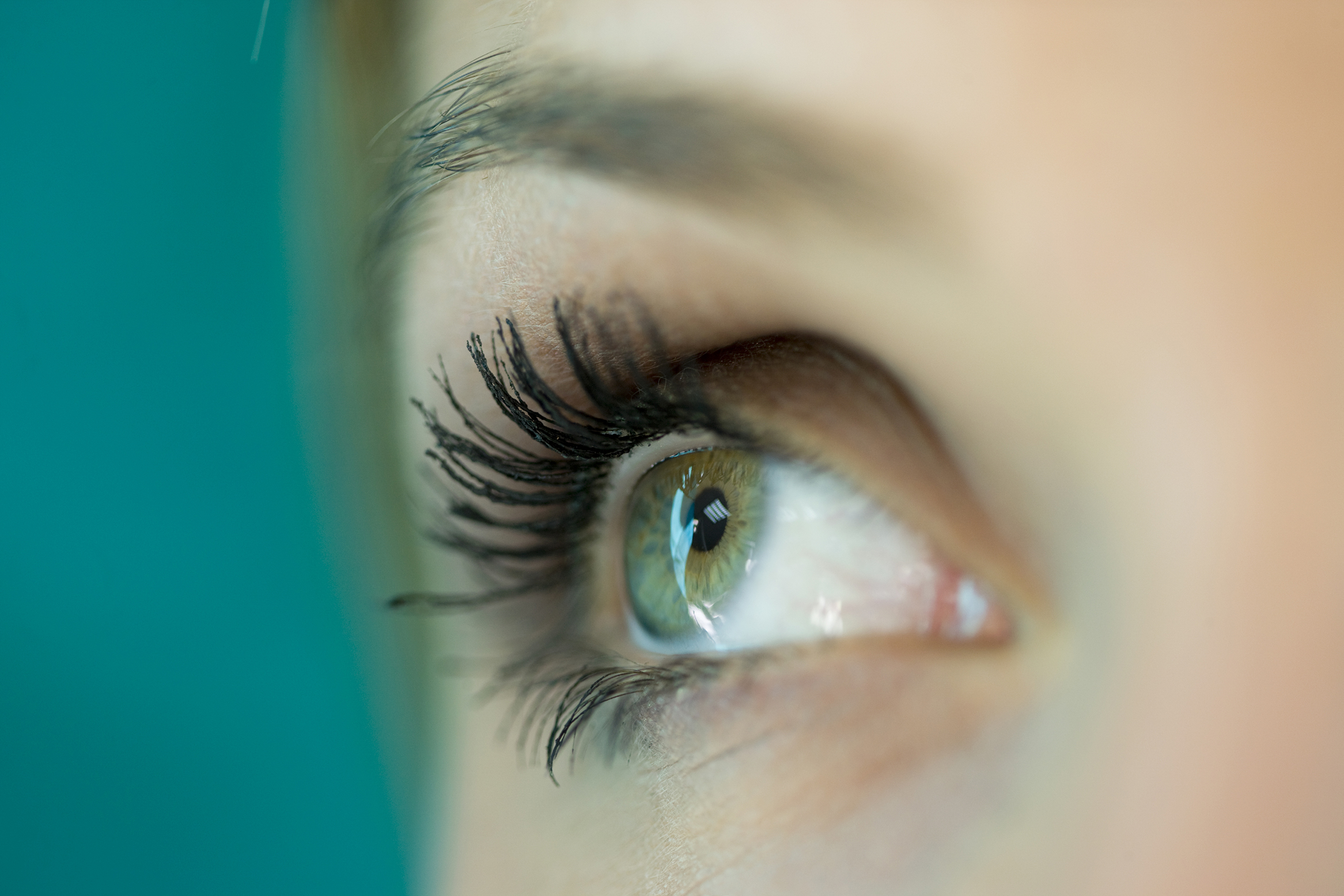“User Experience design is the design of anything, independent of medium, or across media, with human experience as an explicit outcome and human engagement as an explicit goal.” – Jesse James Garrett

What is User Experience & User Experience Design?
User Experience (UX)
User Experience – abbreviated as “UX”— is a term that website designers and digital marketers use to describe the experience or journey a person (user) has when using a website. Usually the goal is to increase engagement with the user in a pleasing way.
However, UX expands to other areas as well, including products and services; it’s not just for technology.
User Experience Design (you guessed it – UXD)
User Experience Design – abbreviated as “UXD”— describes a way to design an experience to increase engagement.
What is Engagement?
Four Factors of Engagement
To continue with Jesse James Garrett’s description of engagement and user experience design, we’ll now discuss the Four Factors of Engagement: Perception, Action, Cognition, and Emotion.
“There are our capabilities: the properties of our bodies, the acuity of our senses, the sharpness and flexibility of our minds, the size of our hearts. Our capabilities determine what we can do.” Says Jesse James Garrett. “Our role, as user experience designers, is to synthesize and orchestrate elements in all of these areas to create a holistic, cohesive, engaging experience.”
So how do we create user experiences that engage across all of these areas? To whom can we look for expertise? Where’s the insight? Where are the areas for further inquiry?
Perception – Engagement of the Senses
What is perception? We’ll start with the definition of perception: the ability to see, hear, or become aware of something through the senses. (Thank you, Merriam-Webster)
What is the user’s perception of her experience? What are her senses aware of?
Cinema & Sight
An example is Cinematography. Cinematography is very visual – it’s the recording of images. The main sense that cinema stimulates is sight, followed by sound. Yet, even as they work in the visual realm, cinematographers focus on experience, not aesthetics or beauty.
“Give them pleasure. The same pleasure they have when they wake up from a nightmare.” – Alfred Hitchcock
“Cinema is a matter of what’s in the frame and what’s out.” – Martin Scorsese
(Does this remind you of “User Experience Design?”)
Music & Sound
Another example is music. When listening to Beethoven, the sense most engaged is hearing. Yet, is that all that engages?
What is it about the ability of music to “transport” the listener, so that she feels something and the perception of individual senses is lost.
“If a composer could say what he had to say in words he would not bother trying to say it in music.” -Gustav Mahler
“Were it not for music, we might in these days say, the Beautiful is dead.” -Benjamin Disraeli
(Again, music – like Cinema – has the ability to create an experience, much like User Experience Design.)
Action – Engagement of the Body
What is action? As with perception, we’ll look to the dictionary to define it. My favorite definition – there are a few – is “a thing done” or “deed.”
JJG defines action as “engagement of the body” – in other words, the action a user takes or an interaction a user has, even if the interaction is as “small as a click.”
The Action of Mouse Clicks
What does the click of a mouse tell you? What is the user communicating through a mouse click?
Think about these “actions” as you review your website design. Where should the user engage with action? What are the top actions you want users to take on your website? What does an action mean – and what is the context surrounding this action?
Cognition – Engagement of the Mind
Perception and Action are both important elements of engagement. But more importantly than these are the last two: Cognition and Emotion.
Let’s cover Cognition first.
How does a user on your website relate to the information you present? Yes, RELATE, because it’s all about people – and it’s always been about people.
If your website visitors can’t find, engage with, or relate to the information you present, what’s the point?
Look at your website and consider:
What do people feel when they engage with your website?
What do they SEE, what ACTIONS do they take?
What’s the EXPERIENCE?
And that brings us to Emotion.
Emotion – Engagement of the Heart
“’Typical “UX design’– workflows and wireframes– is insufficient. It needs to embrace a much broader potential that drives outcomes through deep organizational engagement.”
What does that mean for your website?
It means you need to be cognizant of how people FEEL when they use your website. In fact, emotion is really what it comes down to when we speak of engagement. If people like– feel positive emotions toward – your website, they’re more likely to stay on it longer, more likely to visit more than once. And much more likely to buy something from you.
User Experience in Client Meetings
To demonstrate how valuable User Experience can be not only in website design but in everyday life, let’s look at real-world examples of UXD:
A great example that many business owners can relate to is a Client Meeting.
We’ll start out by asking: What Do Clients Experience in Your Client Meetings?
Let’s think about this through the lens of the Four Factors of Engagement
Perception – Engage their senses to give them the perception that you want them to have.
Action – Get them involved physically, even if the activity is as small as a mouse click.
Cognition – Make them think; ask provocative questions, don’t shy away from hard conversations.
Emotion – Ultimately, what do they feel when they think about your brand?
Want More?
Yeah, Artonic can handle UXD – in fact, we’re experts.
Got Questions? We’ve Got Answers.
But don’t take our word for it. We can PROVE it to you – get a complementary UX Audit. We’ll put our skills on the line and prove ourselves to you. All you have to do is ask.
Get Engaged
Talk to Artonic if you have questions or concerns about User Experience (UX) on your website, in your marketing initiatives, and even in your daily business operations.
517-902-7851
[email protected] (Subject Line: UX)


